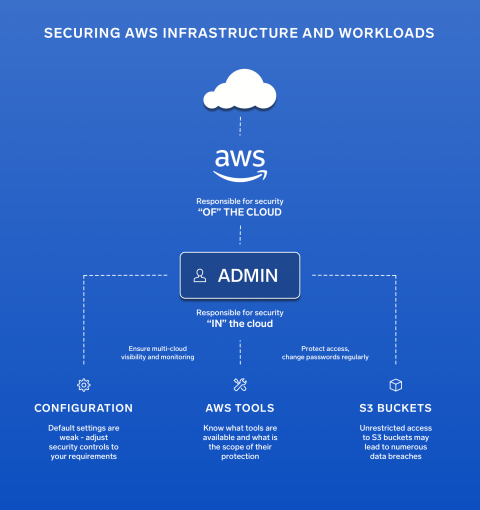What Is User Activity Monitoring?
User Activity Monitoring (UAM) tracks the behavior of internal end-users—employees, subcontractors, partners, and so on—on a company’s networks, devices, and other IT resources. UAM, sometimes also called employee monitoring, may be deployed for a number of reasons, such as providing insight into the productivity of both individual employees and the company as a whole. Is Employee X spending too much time browsing the internet for non-business purposes during work time?











